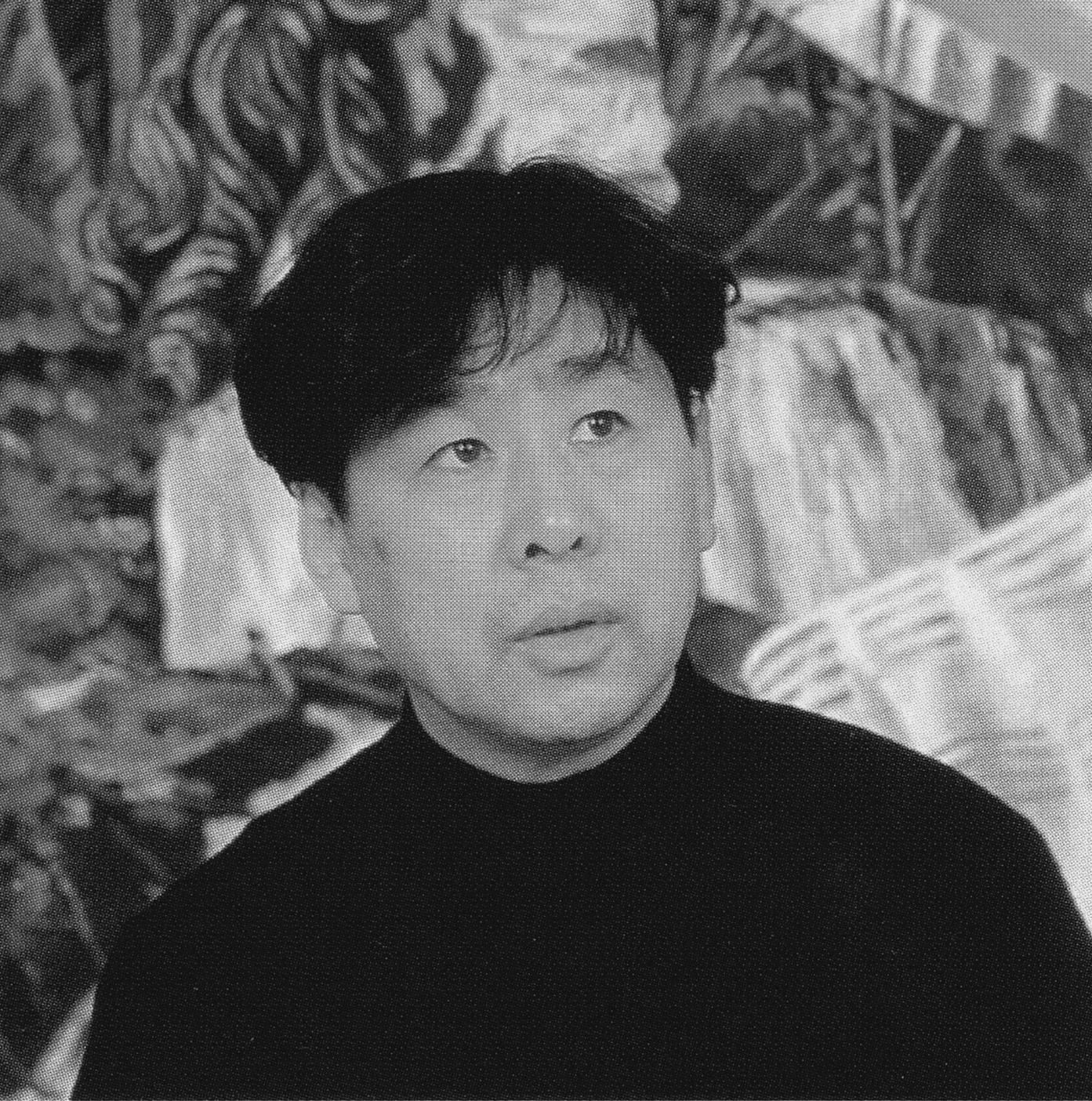‘Tadanori Yokoo was born in 1936 in Nishiwaki City, Hyogo Prefecture, Japan and in 1969 received the grand prix in the print category at the 6th Youth Biennial in Paris. In 1972 he held a one-man show at the Museum of Modern Art, New York, and in 1974 won a gold medal at the Warsaw Poster Biennial, a silver medal at the Brno Graphic Art Biennial, and the Hyogo Prefectural Museum of Modern Art Award at the 9th Tokyo International Print Biennial. In 1975 he received the Mainichi Design Award, and in 1976 took part in the Venice Biennial exhibition, "Works by 5 International Designers." He held a one-man show at the Museum of Advertising Art in Paris in 1983, and in 1985 participated in both the 13th Paris Biennial and the 18th Sao Paulo Biennial. Another one-man show followed in 1987 at the Saison Art Museum, and in 1989 he received an honorary award at the 4th Asia Art Biennial, Bangladesh. In 1991 he took part in the exhibition "Beyond Japan: A Photo Theatre" held at the Barbican Art Gallery in London. Tadanori Yokoo held another one-man show in 1992 at Loft Forum in Tokyo.’
100 Graphic Designers of the World. Idea Special Edition

